If you’re a music fan or just getting into streaming services, you might be wondering, what is Tidal music? Is it any good? Wonder no more – this Tidal review will sum up all the key info to help you decide if getting a Tidal account is worth doing.
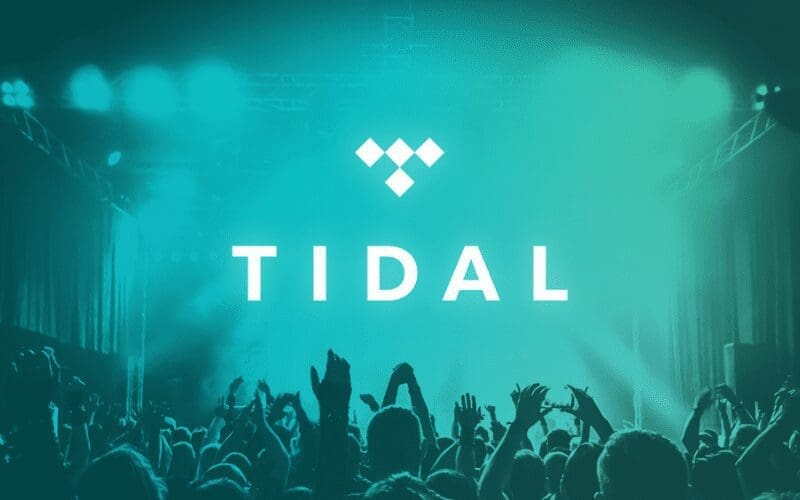
The six year-old Norwegian company already boasts the biggest catalogue of all music streaming services. They have 70 million songs and 225,000 HD videos ad-free! But how did they grow so fast and manage to get so many artists on board with digital transformation? Read on to find out!
What Is Tidal Music?

You’ve probably heard of the Big Four in music streaming – Apple Music, Amazon Music, Spotify and YouTube Music – and maybe Pandora. If you’re a music fan or musician, yourself, however, Tidal Music is a streaming provider you’ll definitely want to check out.
They were initially owned by Jay Z, but are now under the collective ownership of many musicians. Including big hitters like Beyonce, Calvin Harris, Coldplay, and Alicia Keys. Their unique ownership structure shapes its approach to streaming royalties.
Greater artist control only strengthens the platform’s extensive catalogue of tracks. As well as podcasts, live recordings, and curated playlists/mixes/radio for genres, mood or individual users.
What Does Tidal Do?

The streaming service provides equal royalties to all artists regardless of their profile or whether they’re signed vs independent.
It also pays the highest royalties to artists of all the major streaming services – 2/3 more than Apple Music and 3 times more than Spotify!
Napster is the only site to pay artists more. As a result, it often attracts exclusive artist releases and boasts an extensive catalogue.
Tidal also allows for offline listening. Designed for when you may not have access to a network connection or it is unstable. Tidal Download allows you to select items from the catalogue to download with a handy toggle next to each track. Making it easy to store and play music offline on your mobile or tablet.
Proof of their commitment to artists and their music content is the fact the service has invested in CD-quality audio. As well as Tidal Masters – a limited high-resolution catalogue of music for fans that want to hear every detail.
‘Tidal HiFi’ (CD-quality audio) can be applied to the entire catalogue. But, as with Tidal Masters, both are premium offerings.
However, before Amazon (as a direct quality challenge to Tidal) brought out Amazon HD in Autumn 2019, Tidal was one of only two streaming providers to have a high-res option.
In kilobits per second, standard audio on Spotify or Apple Music would be around 320 Kbps. While high-resolution master tracks on Tidal Masters could hit 9,216 Kbps.
Tidal For Artists
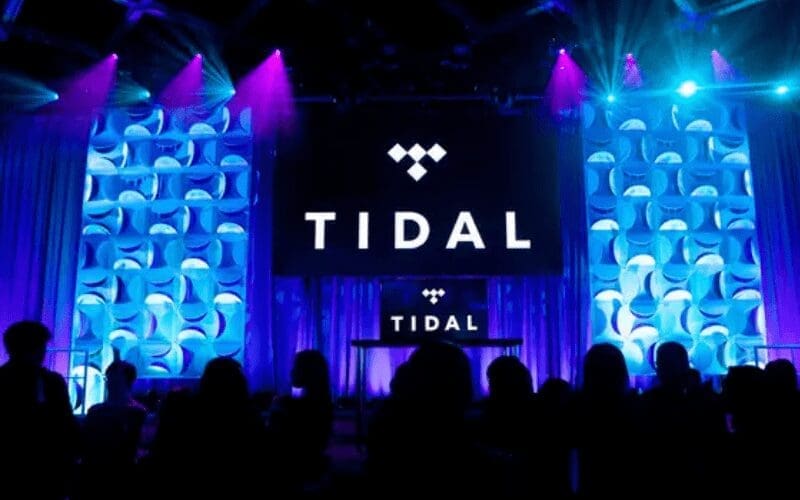
So, we mentioned curated playlists earlier. Which, on some other streaming services are often highly influenced by the power of record labels and their quantitative data. Tidal, however, is often preferred by tastemakers. Making it a great place to post your music, even if it’s not ticking the mainstream boxes.
Why do tastemakers prefer it? Tidal proudly boasts human-curated playlists that frequently promote up and coming artists. This merit-based artist promotional feature is called Tidal Rising.
Tidal Rising boasts an exciting range of features for artists. If spotted by curators, musicians will:
- Have access to professional press photos (which TIDAL will pay for)
- Prominent placement i.e. all of your releases or editorial content will be featured on the home page and/or ‘What’s New’ section
- Music video production
- PR team assigned to support you with new releases
- FREE Tidal tour support(!): everything from venue bookings, to van rentals and accommodation
- Live show bookings/premium show placements
- Custom content production (editorial and video)
As you can see, the Tidal Rising program is the equivalent to the support a label would offer without taking cuts into your copyright.
Being a Tidal Rising artist won’t prevent you from putting your content onto other platforms as it’s not an exchange to take musicians on as exclusive artists. A win-win for artists!
The Tidal App
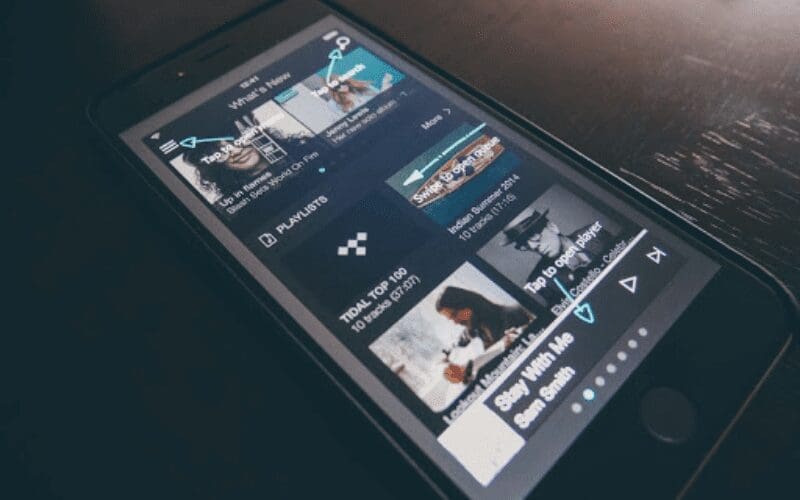
The app couldn’t be easier to use – on desktop or mobile. The 70 million song library is broken down into curated playlists. As well as giving users a handy search bar up top.
With more music than other streaming services, you should always be able to find what you’re looking for. Tracks are often released exclusively to them initially, and only later shared elsewhere.
Also popular is the option to swipe right on a song to bring up similar tracks. The ‘My Mix’ and ‘My Video Mix’ are also handy, personalised picks just for you. Accessible on the app as well as browser on Tidal.com.
The focus of the app is heavily on sound quality, however. So do make sure to invest in some decent headphones if you’re planning on taking it on-the-go. The kinds of “sonic fireworks” one user described of Tidal, are wasted with cheap earphones which will compress so much of that quality!
If you have both Tidal HiFi and Tidal Masters subscriptions, you can easily switch between the audio quality you’d prefer.
The only difficulty with the app is that you may have to convert your music using the AudFree Tidal Music Converter if you want to play Tidal music on a device that doesn’t have the Tidal app.
The good news is that Tidal Connect is available on Alexa, Chromecast, Apple Carplay, Sonos, Bluesound and Cyrus players, and many more.
How Much Does Tidal Cost?

Before the lingo gets confusing, unlike Spotify, Tidal Premium is actually the standard offering, because the service has no free access (to protect artists).
Instead of free vs premium, we’re comparing Tidal premium vs Hifi. Let’s break down the subscription monthly costs:
Premium
$9.99/£7.30
Access to the (ad-free) catalogue, standard audio, HD videos, expertly curated editorials.
Student Premium
$4.99/£3.65
Premium but subsidised.
Family Premium
$14.99/£11.50
Premium for up to 6 users.
HiFi
$19.99/£14.60
Lossless HiFi audio quality, Sony 360 reality audio, Dolby Atmos music, HD videos, expertly curated editorials.
Student HiFi
$9.99
Tidal HiFi but subsidised.
Family HiFi
$29.99/£21.90
All of the above for up to 6 users.
There are also subsidies for military and first responders. All you need for the subsidised packages is ID and proof of occupation.
Both Tidal HiFi and Tidal Premium allow users a 30-day free trial after which they can cancel or begin one of the Tidal pricing plans above.
The free trial gives you full access to everything Premium and HiFi offer with the option to cancel at ANY time.
Alternatives To Tidal
Although we’ll admit Tidal is pretty great, it’s got competition. Here’s a quick breakdown of our comparison.
If you want more info, just click on the links to each of the competitors – we’ve linked full articles on Deezer, Apple Music, Amazon Music HD, Spotify and Qobuz.
Deezer vs Tidal
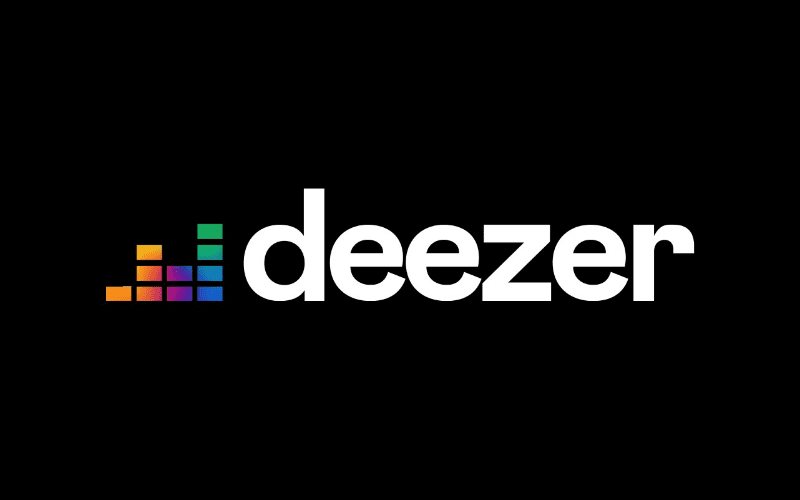
Both offer uncompressed audio files for a little extra per month. Deezer, however, offers a free subscription with reduced sound quality and no ability to listen offline.
Catalogue-wise, Tidal wins with 70+ million vs Deezer at 56 million. Deezer is available in 182 countries (Tidal just 56) and Deezer’s UI enables a neat lyric screen to appear while tracks play.
However, Tidal’s cutting-edge editorial content and “What’s New” section make it first for artist development and music discoverability.
Tidal vs Apple Music
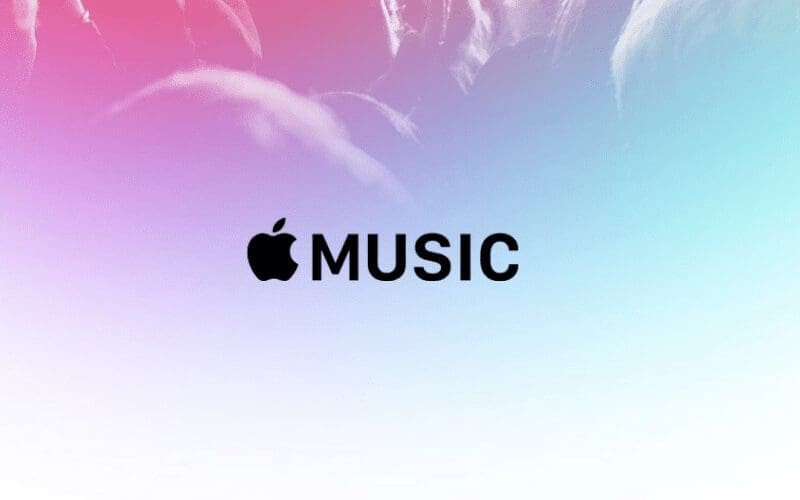
Apple Music has better library management for playlists and downloads, as well as access to live Apple Music radio stations.
However, the catalogue size, audio quality and absence of podcasts integrated into one app alongside music make Tidal a winner here.
Amazon Music HD vs Tidal
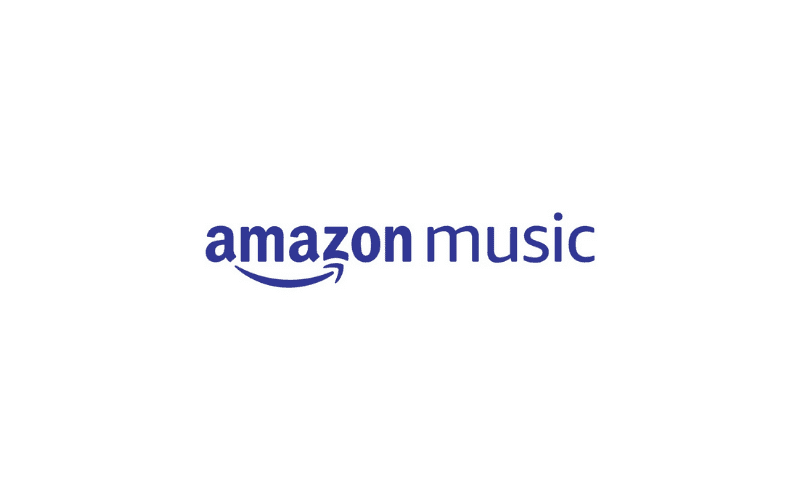
Amazon Music is one of the fastest growing music services. It has capitalised on its Amazon Prime customer base by offering them a sweet deal of $13/month for Amazon Music HD. Which can be up to double the bitrate of Tidal’s audio quality.
Both are winners for audiophiles and there’s a good chance that without good speakers you might not hear that difference is bitrate. However, Amazon Music HD is probably Tidal’s increasing competitor.
Exclusive artist releases and concert live streams, as well as a larger catalogue (for now), arguably still make the original lossless audio quality streaming service a strong contender.
Tidal vs Spotify
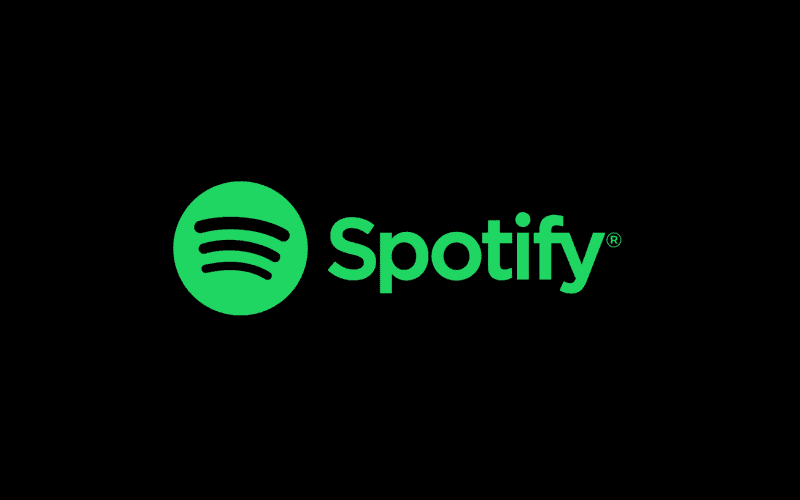
Spotify famously operates on a ‘freemium’ model which allows users to listen to music with ads for free on its platform. However, Spotify is also known for offering artists slim royalties, leading to disputes like that of Taylor Swift pulling all her content from Spotify in 2014.
As a result, Spotify’s catalogue is slightly smaller (60 million +) vs Tidal (70 million +) and has fewer artist exclusive releases but arguably better discoverability with ‘Release Radar’, ‘Daily Mix’ and ‘Discover Weekly’ playlists.
Both have similar accessibility for connecting with other devices. Unlike Spotify, Tidal offers 150,000 videos to browse through, but Spotify plans to increase its video offerings.
Qobuz vs Tidal
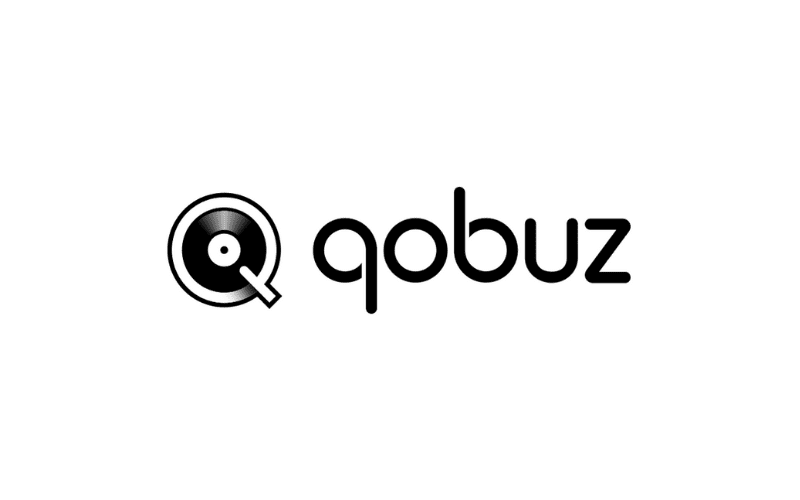
Another successful lossless audio-focused streaming service, Qobuz not only allows users to stream and download, but also to buy music on its platform.
At last count Qobuz had a catalogue of 60 million songs. Which is less than Tidal, but still larger than some of the big competitors.
The biggest issues with Qobuz have been with pairing other devices and connecting to speakers. Pricewise, Qobuz have matched Tidal with an ad-free premium offering as well as HiFi subscription plan at around £14.99/month with savings if you take on an annual subscription.
Its upper tier, Qobuz Sublime+, offers the highest quality audio available. Arguably the option to purchase tracks when downloads are available is not necessarily a priority for many listeners.
However, in terms of audio quality Qobuz potentially surpasses Tidal with FLAC 16bits even if it has a marginally slimmer catalogue (for now).
Tidal vs Мusic Gateway
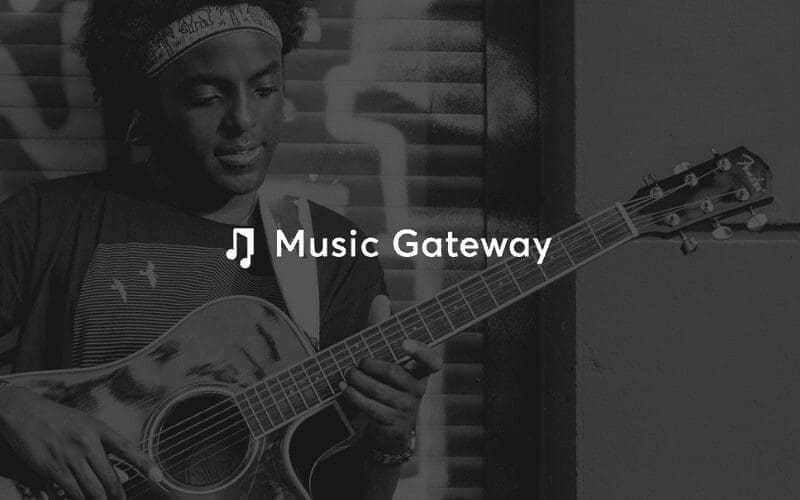
Although we don’t claim to be a streaming service, if you’re a musician who was reading the Tidal Rising section and wishing you had support with music promotion, management, or playlist placement, don’t wait to be scouted!
Check us out at Мusic Gateway where our Artist Management team has heaps of experience in creating opportunities for musicians like you.
Is Tidal Worth It?
For us at Мusic Gateway, any streaming service that pays artists fairly, provides opportunities for emerging artists and gives users great sound quality is a great investment.
What’s so good about Tidal is that its price offerings don’t drastically step up for a serious step up in sound quality. While Qobuz has a similar USP, Tidal has usability and compatibility sewn up far better and is the original and arguably the best.
Really interesting editorial content, HD videos, and exclusive releases also add up to make this platform the best choice for active streaming users.
However, if you’re working with a smaller budget and aren’t fussed about audio compression, there are some cheaper options out there. The choice is yours!
Closing Thoughts
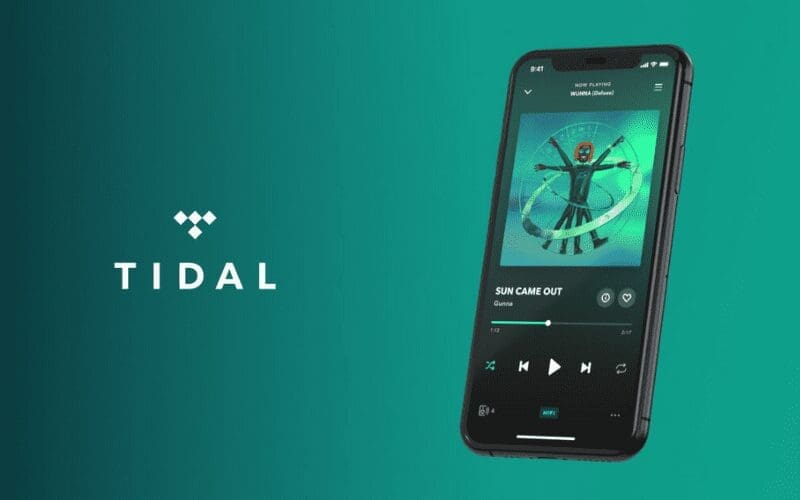
Hopefully, you’re feeling more confident in the streaming service space after this review.
We’ve done our best to spell out the key features, pricing info, and functionality of Tidal as well as comparing it to other services in the market.
We’re particularly impressed by how extensive the Rising program is. Any support for exciting, emerging talent is always positive!
But let us know your thoughts; have you tried Tidal? Is it worth the hype? Let us know in the comment section below!










